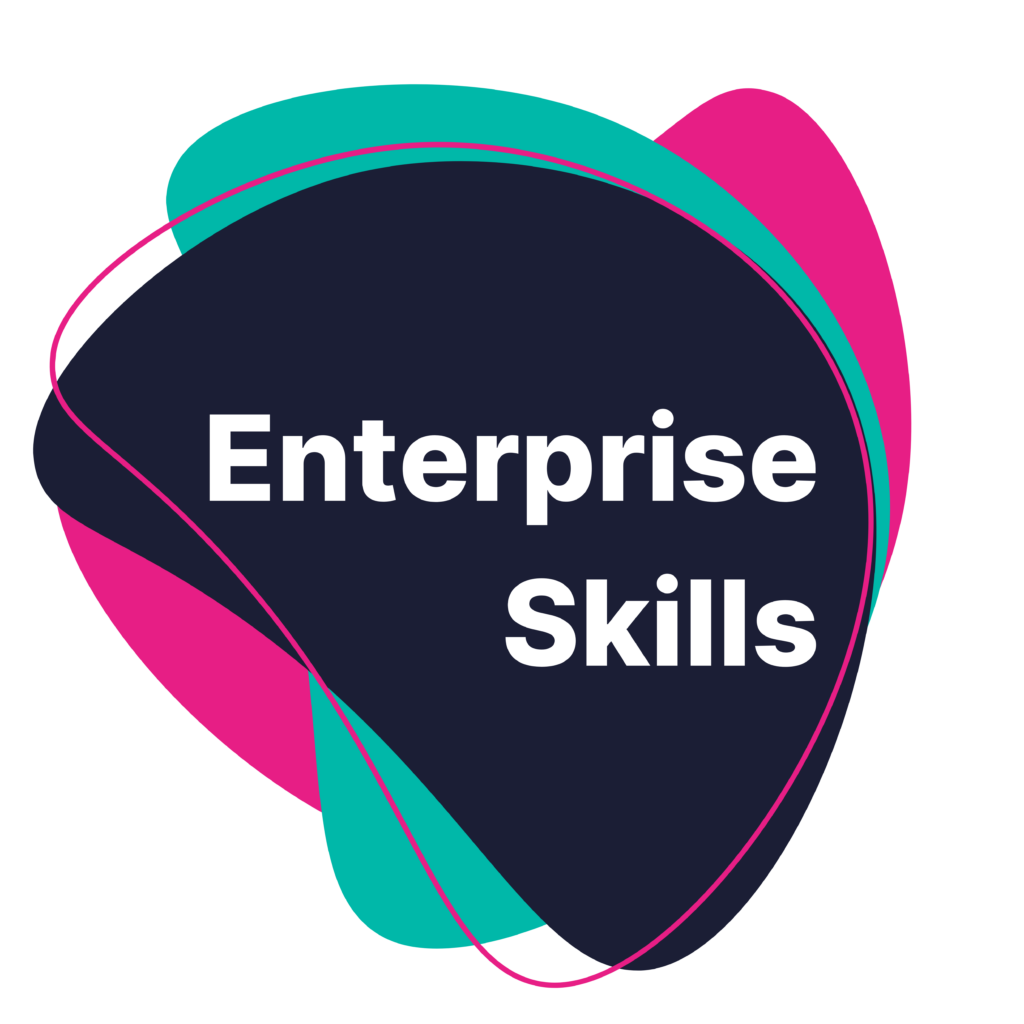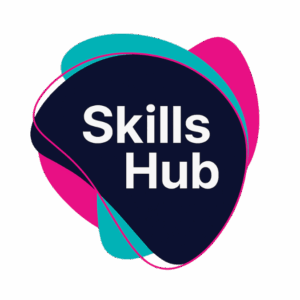Syllabus: Pearson - A Level Economics
Module: 1.1 Nature of Economics
Lesson: 1.1.4 Production Possibility Frontiers
Jump to Section:
Introduction
The concept of Production Possibility Frontiers (PPFs) sits at the heart of A Level Economics and is foundational to understanding economic decision-making. This topic, listed as 1.1.4 in the Pearson Edexcel A Level Economics A Specification, introduces students to how economies allocate finite resources and the trade-offs involved. It’s a vital building block that underpins later topics such as market failure, opportunity cost, and efficiency.
This lesson is designed to be more than theoretical. It invites students to “think like economists” by visualising choices, trade-offs and consequences — making it ideal for introducing diagrammatic analysis early in the course and setting the tone for analytical thinking throughout Theme 1.
Key Concepts
Students are expected to learn the following:
-
Definition and interpretation of the PPF diagram, including the axes for two different goods (commonly capital vs consumer goods).
-
Opportunity cost: Understanding how the movement along the PPF reflects trade-offs between choices.
-
Productive efficiency: All points on the PPF curve represent maximum use of resources.
-
Inefficiency and underutilisation: Points inside the curve.
-
Unattainable production: Points outside the curve, unless economic growth occurs.
-
Shifts in the PPF: Outward shifts reflect economic growth; inward shifts indicate a reduction in productive capacity (e.g., due to a natural disaster).
-
Marginal analysis: Considering the cost of reallocating resources from one good to another.
-
Capital vs consumer goods: Using the PPF to analyse long-term vs short-term economic priorities.
Real-World Relevance
PPFs are more than lines on a graph. They frame national conversations about policy and priorities. For example:
-
COVID-19 pandemic: Governments had to decide between spending on health infrastructure (consumer goods) and maintaining business subsidies (capital goods). The trade-offs were visible in fiscal decisions that impacted long-term growth capacity.
-
Post-Brexit UK economy: Debates around investment in manufacturing vs services can be framed using shifts in the PPF. A policy focus on retraining and innovation aims to shift the curve outward by boosting productivity.
-
Climate trade-offs: Investing in renewable energy infrastructure today (capital goods) means producing fewer consumer goods now, but potentially achieving long-term gains and sustainability — an outward shift in the PPF.
These examples help students understand that economics isn’t abstract — it’s about navigating real constraints with competing priorities.
How It’s Assessed
Pearson assessments test PPFs through a mix of skills:
-
Diagram construction and labelling: Students may be asked to draw and interpret PPF diagrams.
-
Short-answer explanations: Common command words include explain, illustrate, distinguish, or analyse.
-
Data response and contextual application: Questions might place students in a scenario (e.g., a country recovering from recession) and ask them to evaluate potential shifts in the PPF.
-
Evaluation-style questions: These often include to what extent or assess, asking students to consider both the limitations and usefulness of the PPF model in real-world application.
Students must link theory with applied judgement. It’s not just about drawing curves — it’s about telling the economic story behind them.
Enterprise Skills Integration
PPFs provide a natural entry point for building enterprise thinking:
-
Decision-making: Weighing up resource allocation mirrors business decisions — what product lines to invest in, or whether to scale production.
-
Opportunity cost: A core concept in entrepreneurship — choosing one project means shelving another.
-
Efficiency analysis: How well resources are used connects to productivity, cost-benefit thinking, and growth potential.
-
Scenario planning: Shifting a PPF outward can be modelled in Enterprise Skills simulations, giving students a practical, risk-free way to experiment with growth strategies.
Our Business Simulations drop students into realistic scenarios — for example, deciding whether to invest in new machinery (capital) or marketing (consumer). This brings the curve to life and shows why it matters.
Careers Links
Understanding production possibilities connects to key economic and business careers. This lesson supports:
-
Gatsby Benchmark 4 (linking curriculum learning to careers)
-
Gatsby Benchmark 5 (encounters with employers, through simulation or discussion)
Related career paths include:
-
Economist or Economic Analyst
-
Policy Advisor or Civil Servant
-
Investment Analyst
-
Business Operations Manager
-
Logistics or Supply Chain Coordinator
-
Entrepreneur or Business Founder
Discussing the relevance of opportunity cost and resource management helps students see how economic thinking plays out in every workplace — from start-ups to government departments.
Teaching Notes
Tips for delivery:
-
Start with tangible examples: e.g., use chocolate bars and revision guides to model a simple PPF.
-
Use the board or digital tools for step-by-step diagram building, rather than showing a completed curve.
-
Encourage students to debate trade-offs — should a country invest in AI or healthcare?
-
Reinforce marginal thinking by asking: what’s the cost of one more unit?
Common pitfalls:
-
Students often confuse shifts with movements along the curve.
-
Misunderstanding the axes (especially when labelled as capital vs consumer goods).
-
Assuming all points on the PPF are equally desirable — which ignores priorities.
Extension activity:
Ask students to model the PPF for a fictional start-up business using the Skills Hub platform. Let them debate how best to allocate limited resources, reinforcing their grasp of both the diagram and the thinking behind it.


